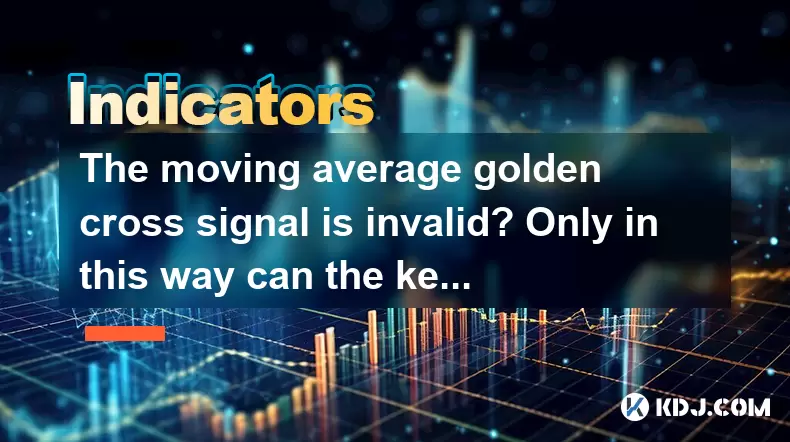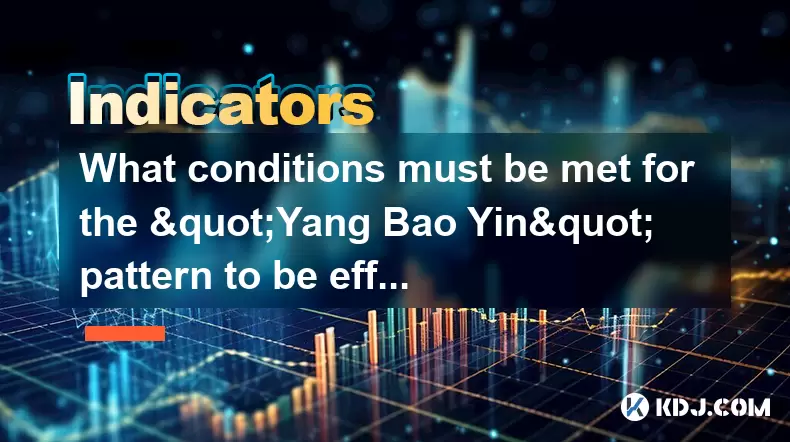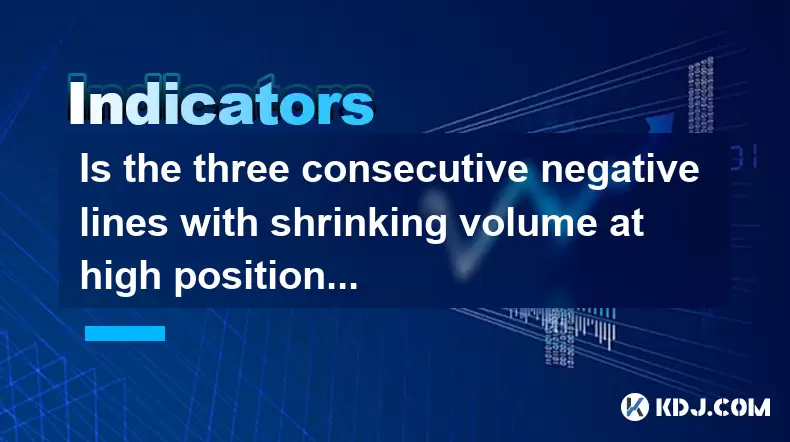-
 Bitcoin
Bitcoin $105,575.5012
1.85% -
 Ethereum
Ethereum $2,564.5217
3.74% -
 Tether USDt
Tether USDt $1.0004
-0.01% -
 XRP
XRP $2.1452
2.16% -
 BNB
BNB $652.0550
1.17% -
 Solana
Solana $147.1705
3.26% -
 USDC
USDC $1.0000
0.03% -
 Dogecoin
Dogecoin $0.1779
3.82% -
 TRON
TRON $0.2712
0.96% -
 Cardano
Cardano $0.6379
2.29% -
 Hyperliquid
Hyperliquid $41.7950
8.57% -
 Sui
Sui $3.0390
2.83% -
 Bitcoin Cash
Bitcoin Cash $444.7546
10.90% -
 Chainlink
Chainlink $13.3217
2.93% -
 UNUS SED LEO
UNUS SED LEO $9.0330
1.67% -
 Avalanche
Avalanche $19.2972
3.29% -
 Stellar
Stellar $0.2591
1.53% -
 Toncoin
Toncoin $3.0119
2.75% -
 Shiba Inu
Shiba Inu $0.0...01207
4.79% -
 Hedera
Hedera $0.1584
4.60% -
 Litecoin
Litecoin $86.1815
5.14% -
 Polkadot
Polkadot $3.8108
2.61% -
 Ethena USDe
Ethena USDe $1.0006
0.01% -
 Monero
Monero $309.5977
2.25% -
 Dai
Dai $1.0000
0.01% -
 Bitget Token
Bitget Token $4.5499
1.84% -
 Uniswap
Uniswap $7.5738
9.50% -
 Pepe
Pepe $0.0...01117
5.49% -
 Aave
Aave $289.1514
8.48% -
 Pi
Pi $0.5786
3.79%
The moving average golden cross signal is invalid? Only in this way can the key position be operated safely!
The moving average golden cross, while traditionally a bullish signal, can be unreliable in crypto due to volatility, manipulation, and lack of fundamental anchors.
Jun 13, 2025 at 06:49 am

Understanding the Moving Average Golden Cross
The moving average golden cross is a technical indicator often used in cryptocurrency trading to signal potential bullish trends. It occurs when a short-term moving average (such as the 50-day MA) crosses above a long-term moving average (like the 200-day MA). This crossover is traditionally seen as a strong buy signal by many traders.
However, in recent years, especially within the volatile crypto market, some traders have questioned its reliability. The reason lies in the nature of digital assets — they are highly influenced by external factors such as regulatory news, macroeconomic shifts, and sudden changes in investor sentiment. These elements can create false signals or misleading patterns that may render traditional indicators like the golden cross less effective.
Golden cross alone cannot guarantee profitable trades.
Why the Golden Cross May Fail in Crypto Markets
Cryptocurrency markets operate 24/7 and are known for their extreme volatility. Unlike traditional stock markets, which have more predictable cycles and institutional participation, crypto markets experience rapid price swings based on speculative behavior and social media influence.
In this environment, a golden cross might appear during a temporary rally only to be followed by a sharp correction. Traders who rely solely on this signal without considering volume, support/resistance levels, or broader market conditions could end up entering positions at unfavorable prices.
Moreover, whales and large institutional players can manipulate short-term price movements, creating artificial crossovers that mislead retail investors. Therefore, while the golden cross remains a useful tool, it should not be used in isolation.
- High volatility increases risk of false signals.
- Market manipulation can distort technical patterns.
- Lack of fundamental anchors makes technical analysis less reliable.
Combining Golden Cross with Key Position Analysis
To trade safely using the golden cross in cryptocurrency, one must incorporate key position analysis. This involves identifying critical price zones where significant buying or selling pressure has historically occurred. These include previous swing highs/lows, Fibonacci retracement levels, or major psychological price points.
When a golden cross aligns with a key support level, the probability of a successful trade increases. For example, if Bitcoin’s 50-day MA crosses above the 200-day MA near a previous strong support zone around $28,000, the confluence strengthens the validity of the signal.
Traders should also look for confirmation from other tools such as RSI divergence, MACD crossovers, or increasing volume during the cross. This multi-layered approach reduces the likelihood of acting on false positives.
- Identify historical support/resistance areas before acting.
- Use additional indicators to confirm trend strength.
- Check for increased trading volume during the cross.
How to Safely Trade Using the Golden Cross Signal
Trading the golden cross safely requires a structured methodology. Begin by setting up your chart with both short-term and long-term moving averages. A common setup includes the 50-period and 200-period MAs on daily charts for longer-term signals or the 9-period and 21-period on hourly charts for intraday opportunities.
Once you spot the cross, pause and analyze the context. Is the price approaching a key support level? Has there been a recent spike in volume? Are other indicators confirming the bullish momentum?
Only after these checks should you consider entering a trade. Set a stop-loss just below the nearest swing low or key support area. Your take-profit can be set at the next resistance level or adjusted dynamically using trailing stops.
- Set up appropriate moving averages on your chart.
- Wait for confluence with support/resistance or other indicators.
- Place stop-loss orders to manage risk effectively.
- Use dynamic take-profit strategies like trailing stops.
Real-Time Example: Trading Ethereum with Golden Cross and Key Positions
Let’s walk through a real-time scenario involving Ethereum (ETH). Suppose ETH’s 50-day MA crosses above its 200-day MA on the daily chart. At the same time, the price is hovering around the $1,600 level, which previously acted as a strong support zone during a prior pullback.
Before entering a long position, check the following:
- Volume has spiked significantly compared to the past 30 days.
- RSI is showing bullish divergence and is not overbought.
- ETH is trading above its 20-day EMA, suggesting short-term strength.
If all these conditions align, then initiate a long trade with a stop-loss placed slightly below $1,550. Take profit can be targeted at the next resistance level, say $1,800, or split into multiple targets for better risk-reward balance.
- Cross-check with volume and RSI for confirmation.
- Ensure alignment with other moving averages like EMA.
- Set realistic and flexible profit targets.
Frequently Asked Questions
Q: Can the golden cross work in bear markets?
A: While the golden cross is typically a bullish signal, it can occur during bear markets due to short-term rallies. However, these signals often lack sustainability unless accompanied by strong fundamentals or macro improvements.
Q: Should I use different moving averages for intraday trading?
A: Yes. For shorter timeframes, traders commonly use faster-moving averages like the 9 and 21 EMA to capture quicker momentum shifts.
Q: How do I know if a key position is valid?
A: Look for repeated price reactions at certain levels — such as retests of previous highs/lows or areas where large candlestick reversals occurred. Also, check for high volume at those levels.
Q: What if the golden cross happens but price keeps falling?
A: This is a classic case of a false signal. In such cases, exit the trade quickly if your stop-loss is hit. Never hold onto losing trades hoping the pattern will eventually play out.
Disclaimer:info@kdj.com
The information provided is not trading advice. kdj.com does not assume any responsibility for any investments made based on the information provided in this article. Cryptocurrencies are highly volatile and it is highly recommended that you invest with caution after thorough research!
If you believe that the content used on this website infringes your copyright, please contact us immediately (info@kdj.com) and we will delete it promptly.
- Hyperliquid's HYPE token has reached a new all-time high
- 2025-06-14 11:20:13
- Introduction to Pump.fun Token Launch Progress
- 2025-06-14 11:20:13
- Introduction: The Dawn of Altcoin ETF Summer
- 2025-06-14 11:15:13
- Coinbase vs. Crypto.com - Which exchange is right for you?
- 2025-06-14 11:15:13
- The 50‑day moving average for Dogecoin recently dipped below the 200‑day
- 2025-06-14 11:10:12
- mETH Protocol Integrates with Hong Kong–based OSL to Expand Institutional Access to Liquid Staking
- 2025-06-14 11:10:12
Related knowledge

How to calculate the probability of trend continuation after the MACD column divergence?
Jun 14,2025 at 08:01am
Understanding MACD Column DivergenceThe Moving Average Convergence Divergence (MACD) is a widely used technical indicator in cryptocurrency trading. The MACD column, also known as the histogram, represents the difference between the MACD line and the signal line. When price makes a new high or low but the MACD histogram does not confirm this movement, a...

What are the volume requirements for adjusting the K line in the "rising three methods" pattern?
Jun 14,2025 at 07:50am
Understanding the 'Rising Three Methods' Pattern in Cryptocurrency TradingThe 'rising three methods' pattern is a bullish continuation candlestick formation that traders often use to identify potential upward momentum in cryptocurrency price charts. This pattern typically appears during an uptrend and suggests that the trend is likely to continue after ...

What conditions must be met for the "Yang Bao Yin" pattern to be effective?
Jun 14,2025 at 06:42am
Understanding the 'Yang Bao Yin' Pattern in Cryptocurrency TradingThe Yang Bao Yin pattern is a candlestick formation commonly observed in technical analysis within the cryptocurrency market. This pattern typically signals a potential bullish reversal after a downtrend. However, for this pattern to be effective and reliable, certain conditions must be m...

Is the three consecutive negative lines with shrinking volume at high positions a signal that the main force has finished shipping?
Jun 14,2025 at 09:56am
Understanding the Concept of Three Consecutive Negative LinesIn cryptocurrency trading, three consecutive negative lines refer to a situation where an asset's price chart shows three successive candlesticks with closing prices lower than their opening prices. This pattern typically indicates bearish sentiment in the market. When this occurs at high posi...

Is it an opportunity for the long positive line with large volume to break through the platform and then shrink back?
Jun 14,2025 at 04:42am
Understanding the Long Positive Line with Large VolumeIn technical analysis, a long positive line refers to a candlestick pattern where the closing price is significantly higher than the opening price, often indicating strong buying pressure. When this occurs alongside large volume, it suggests that market participants are actively involved in pushing t...

How to grasp the 60-minute KD oversold + 15-minute bottom divergence?
Jun 14,2025 at 06:15am
Understanding the 60-Minute KD Oversold SignalThe KD indicator, also known as the Stochastic Oscillator, is a momentum oscillator that compares a particular closing price of a cryptocurrency to its price range over a given time period. When analyzing 60-minute charts, traders often look for oversold conditions in the KD line, which typically occur when ...

How to calculate the probability of trend continuation after the MACD column divergence?
Jun 14,2025 at 08:01am
Understanding MACD Column DivergenceThe Moving Average Convergence Divergence (MACD) is a widely used technical indicator in cryptocurrency trading. The MACD column, also known as the histogram, represents the difference between the MACD line and the signal line. When price makes a new high or low but the MACD histogram does not confirm this movement, a...

What are the volume requirements for adjusting the K line in the "rising three methods" pattern?
Jun 14,2025 at 07:50am
Understanding the 'Rising Three Methods' Pattern in Cryptocurrency TradingThe 'rising three methods' pattern is a bullish continuation candlestick formation that traders often use to identify potential upward momentum in cryptocurrency price charts. This pattern typically appears during an uptrend and suggests that the trend is likely to continue after ...

What conditions must be met for the "Yang Bao Yin" pattern to be effective?
Jun 14,2025 at 06:42am
Understanding the 'Yang Bao Yin' Pattern in Cryptocurrency TradingThe Yang Bao Yin pattern is a candlestick formation commonly observed in technical analysis within the cryptocurrency market. This pattern typically signals a potential bullish reversal after a downtrend. However, for this pattern to be effective and reliable, certain conditions must be m...

Is the three consecutive negative lines with shrinking volume at high positions a signal that the main force has finished shipping?
Jun 14,2025 at 09:56am
Understanding the Concept of Three Consecutive Negative LinesIn cryptocurrency trading, three consecutive negative lines refer to a situation where an asset's price chart shows three successive candlesticks with closing prices lower than their opening prices. This pattern typically indicates bearish sentiment in the market. When this occurs at high posi...

Is it an opportunity for the long positive line with large volume to break through the platform and then shrink back?
Jun 14,2025 at 04:42am
Understanding the Long Positive Line with Large VolumeIn technical analysis, a long positive line refers to a candlestick pattern where the closing price is significantly higher than the opening price, often indicating strong buying pressure. When this occurs alongside large volume, it suggests that market participants are actively involved in pushing t...

How to grasp the 60-minute KD oversold + 15-minute bottom divergence?
Jun 14,2025 at 06:15am
Understanding the 60-Minute KD Oversold SignalThe KD indicator, also known as the Stochastic Oscillator, is a momentum oscillator that compares a particular closing price of a cryptocurrency to its price range over a given time period. When analyzing 60-minute charts, traders often look for oversold conditions in the KD line, which typically occur when ...
See all articles

























































































